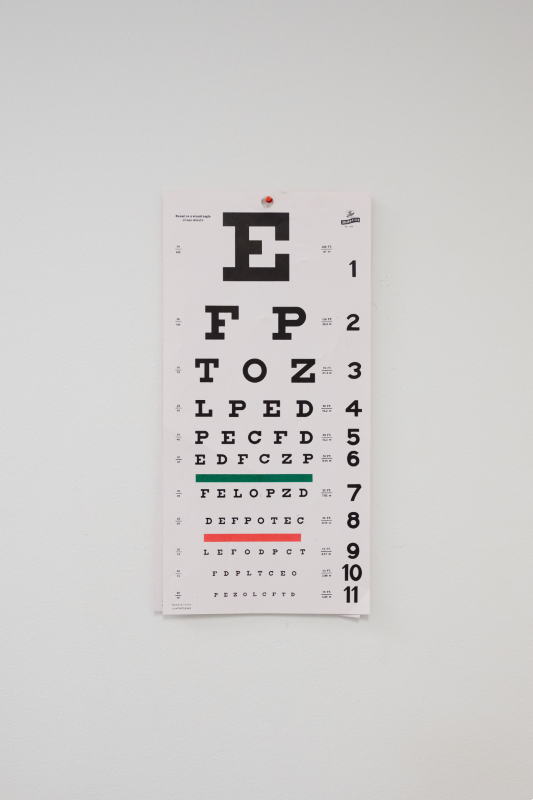
Many businesses begin as simple, one-man operations with modest earnings and relatively few legal obligations. As these small businesses grow, however, they oftentimes take-on greater liability, incur more taxes, require better-defined ownership structures, and need increased transactional power. In these instances, a simple business structure simply isn’t appropriate. What owners need, instead, is a type of incorporated structure, namely an S Corporation, C Corporation, or a Limited Liability Company (LLC).
Importantly, one thing these three types of entity structures have in common is the idea of limited liability. Put simply, when a business is successfully incorporated, it’s from then on considered its own legal entity with its own debts, obligations, and assets separate from that of the owners. This is in contrast to unincorporated structures, where the business is simply an extension of the owner, and the dealings of the business are in-fact the personal responsibility the owner. These are called limited liability protections, and they’re perhaps the foremost advantage to business incorporation.
Most businesses can choose to become an S Corp, C Corp, or LLC, with the notable exception of “professional” occupations. When “professional” business owners wish to incorporate their business, they’re often required to form a professional corporation (PC) or a professional LLC (PLLC). A professional corporation can either be a professional S Corp or a professional C Corp. While professional corporations are exclusively for business owners in “professional” occupations, the definition of “professional” varies state-by-state. It generally includes persons of licensed occupations, such as doctors, lawyers, and financial professionals.
Professional corporations are largely similar to their non-professional counterparts, with a few key exceptions. Likewise, there’s a distinction between the two types of corporations—S Corps and C Corps—for both traditional corporations as well as professional corporations.
C Corps: the Default Structure for Professional Corporations
Professional corporations—like traditional corporations—can take two forms: S Corps or C Corps. When a professional corporation is initially created, the default form is a professional C Corp. However, owners typically have the option to elect for S Corp status by completing and submitting IRS form 2553: Election by a Small Business Corporation.
There are many differences between S Corps and C Corps, but perhaps the foremost distinction is taxation. C Corps are taxpayers under Subchapter C of the federal tax code, meaning that the business is taxed according to the current corporate tax rate and, as usual, owners are still required to file a tax return for their personal earnings. This means that owners of C Corps are potentially taxed twice: once for their business, then again for their personal income.
Conversely, S Corps enjoy something called pass-through taxation, meaning that owners need not pay corporate taxes, and instead can claim business profits or losses on their individual returns. Said another way, their business’s tax burden is “passed-through” to their individual returns, thereby avoiding double taxation.
When it comes to the “C Corp vs. S Corp” distinction, one structure isn’t inherently better than the other. Realistically, the most appropriate type of professional corporation will depend on your specific situation. For example, C Corps are generally better for larger, more structured operations. They can accommodate a greater number of owners/shareholders, and oftentimes have more potential for growth.
C Corps vs. Professional Corporations
Remember, the term “professional corporation” can mean one of two things: a professional C Corp or a professional S Corp. Since professional entities are generally analogous to their non-professional counterparts, traditional C Corps are rather similar to professional C Corps. On the other hand, the differences between traditional C Corps and professional S Corps are in-fact the differences between C Corps and S Corps—namely pass-through taxation.
While traditional corporations their professional corporations are mostly similar, there is one key difference: with professional corporations (such as C Corps), owners are protected from legal claims made against their business, unless the claim was a result of the owner’s own mistake. Said another way, owners of professional entities remain liable for professional malpractice claims brought against themselves, despite the fact that their business is properly incorporated. Although owners aren’t shielded from their own claims, they are protected from the malpractice or negligence of their fellow owners.
The reason for this restriction on limited liability protections is the nature of the work being provided by the professional. Notably, professional occupations are based on a professional relationship between an expert and a client. Poor judgment on the part of the expert can result in severe distress for the client. In these situations, clients may claim malpractice for damages caused by their professional’s actions. In the context of a professional entity, a professional corporation would not shield the owner from this claim. However, if the claim were to arise from the owner’s colleague, then the owner would be protected from the legal ramifications of the action.
This is in contrast to traditional C Corps, where the limited liability protections would protect an owner, regardless of whether the claim was a result of their own mistake or not. Again, this is the great advantage of incorporation. Nonetheless, these decisions—namely whether incorporation is best for your business and, if so, whether a C Corp or an S Corp is the more appropriate structure—are important, impactful, and oftentimes tactical choices that should be made with assistance from an experienced professional.
 January 23, 2020
January 23, 2020

